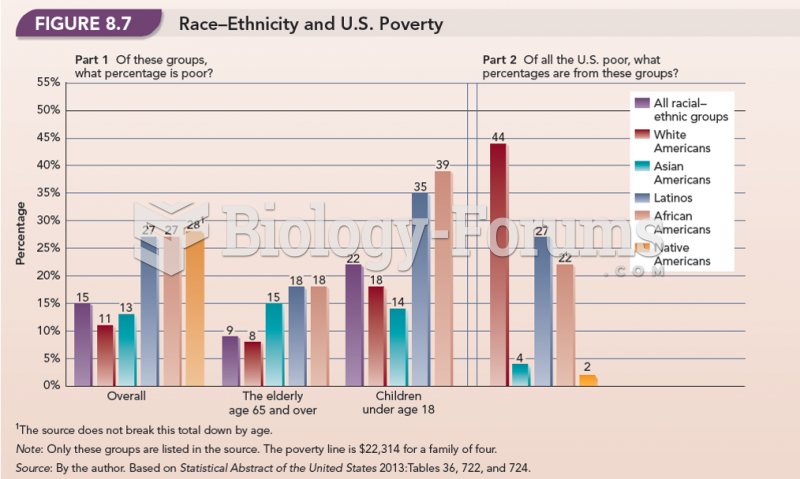|
|
|
In ancient Rome, many of the richer people in the population had lead-induced gout. The reason for this is unclear. Lead poisoning has also been linked to madness.
There are over 65,000 known species of protozoa. About 10,000 species are parasitic.
Since 1988, the CDC has reported a 99% reduction in bacterial meningitis caused by Haemophilus influenzae, due to the introduction of the vaccine against it.
Adults are resistant to the bacterium that causes Botulism. These bacteria thrive in honey – therefore, honey should never be given to infants since their immune systems are not yet resistant.
Hyperthyroidism leads to an increased rate of metabolism and affects about 1% of women but only 0.1% of men. For most people, this increased metabolic rate causes the thyroid gland to become enlarged (known as a goiter).
 Taking an interesting course can help keep your brain active. These seniors are taking a class in ...
Taking an interesting course can help keep your brain active. These seniors are taking a class in ...
 Stressing that education reproduces a country’s social class system, conflict theorists point out ...
Stressing that education reproduces a country’s social class system, conflict theorists point out ...
 Schematic representation of MHC class II molecule, consisting of 2 α-domains and 2 β-domains, the ...
Schematic representation of MHC class II molecule, consisting of 2 α-domains and 2 β-domains, the ...




